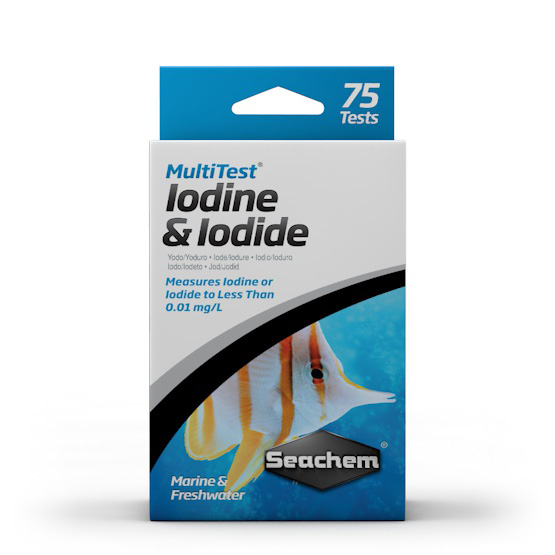Randy Holmes-Farley
Reef Chemist
View Badges
Staff member
Super Moderator
Excellence Award
Expert Contributor
Article Contributor
R2R Research
My Tank Thread
- Joined
- Sep 5, 2014
- Messages
- 67,160
- Reaction score
- 63,517
I'll just point out that no one has yet suggested Strontium as a possibly depleted element that would limit growth, despite its popularity in products sold for reefers to dose. hmmm.....
I expect it won’t, but I ignored it since it isn’t a trace element, and I focused on those that are. [emoji3]



















